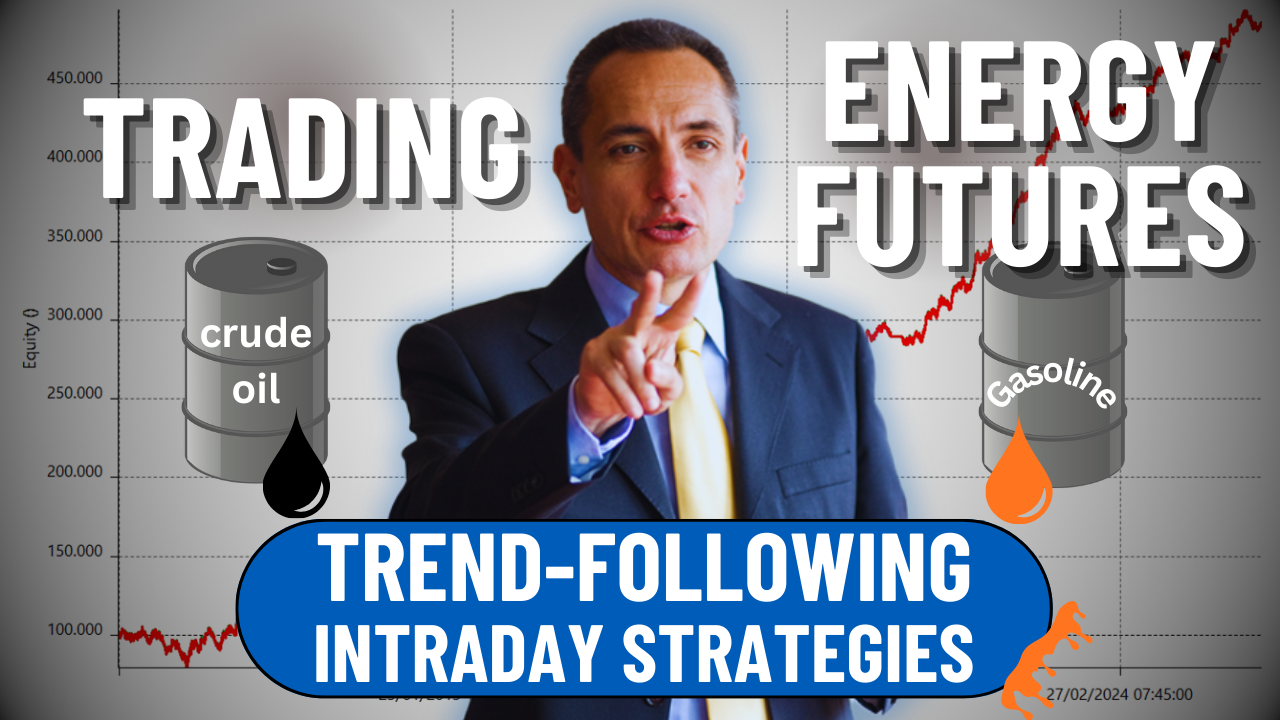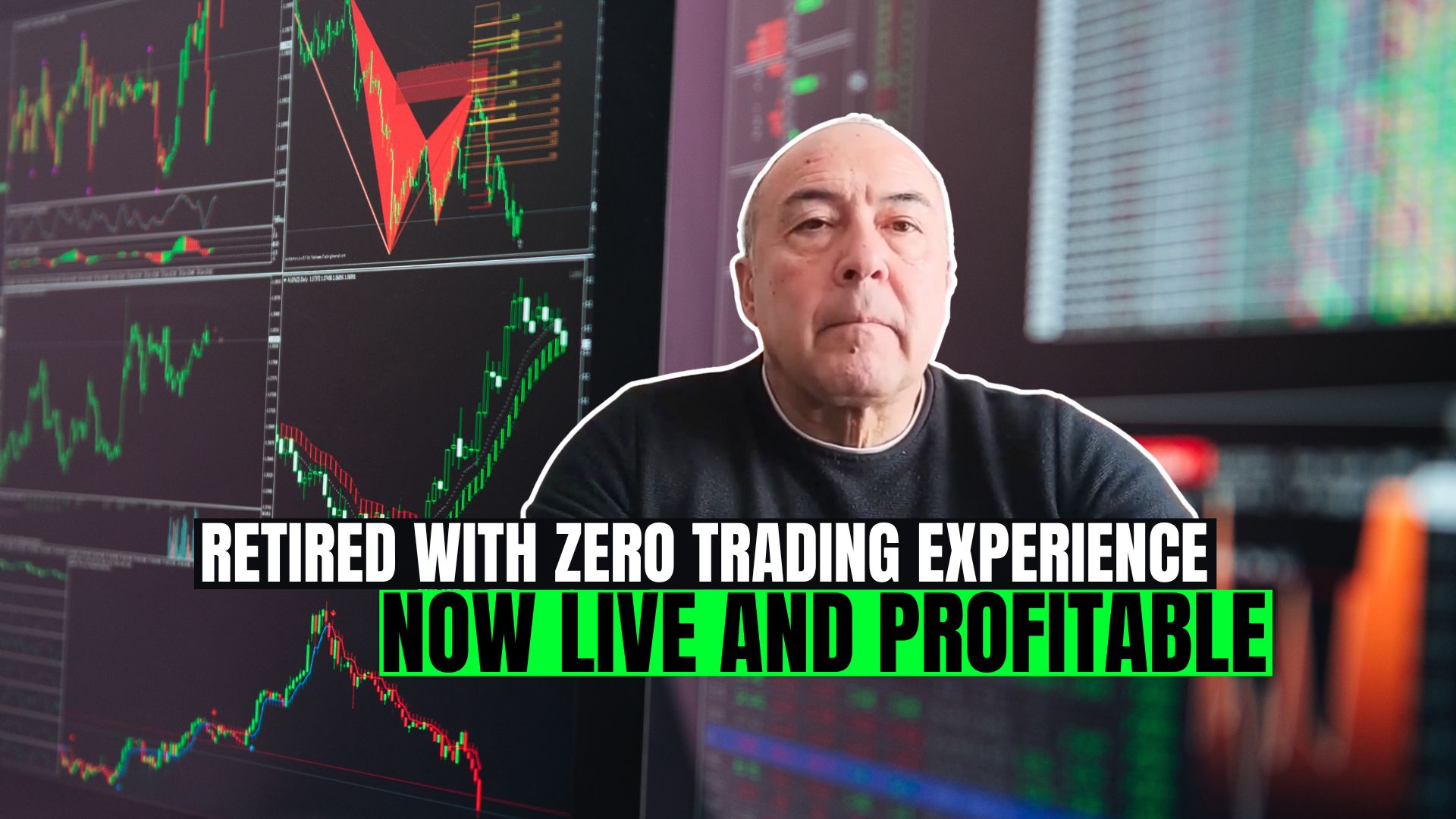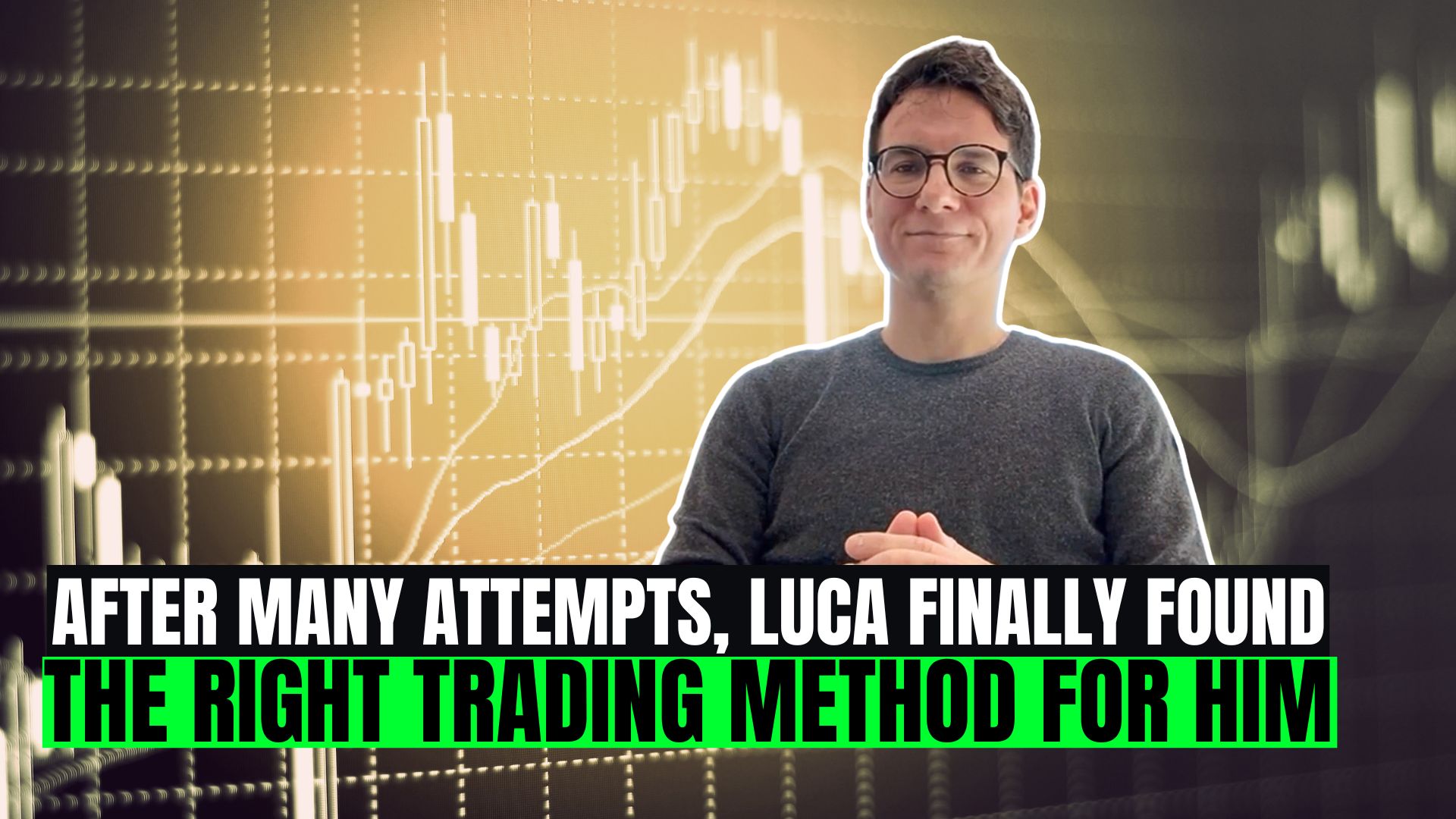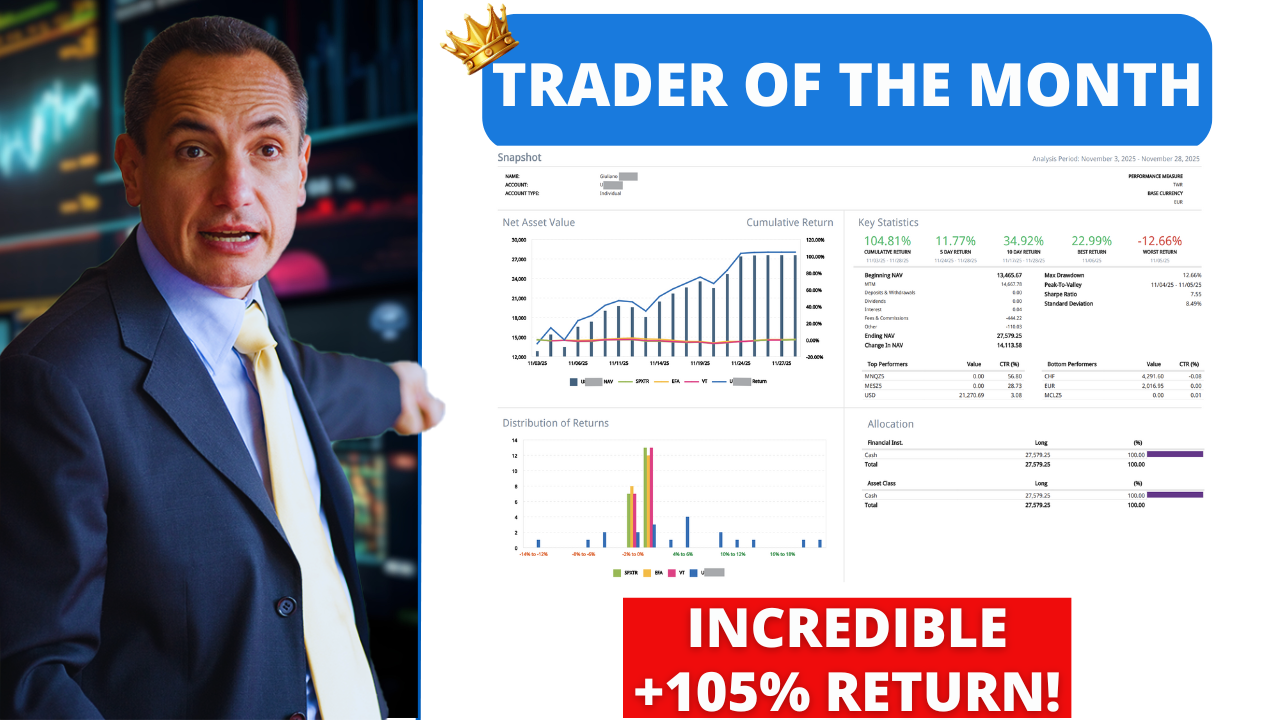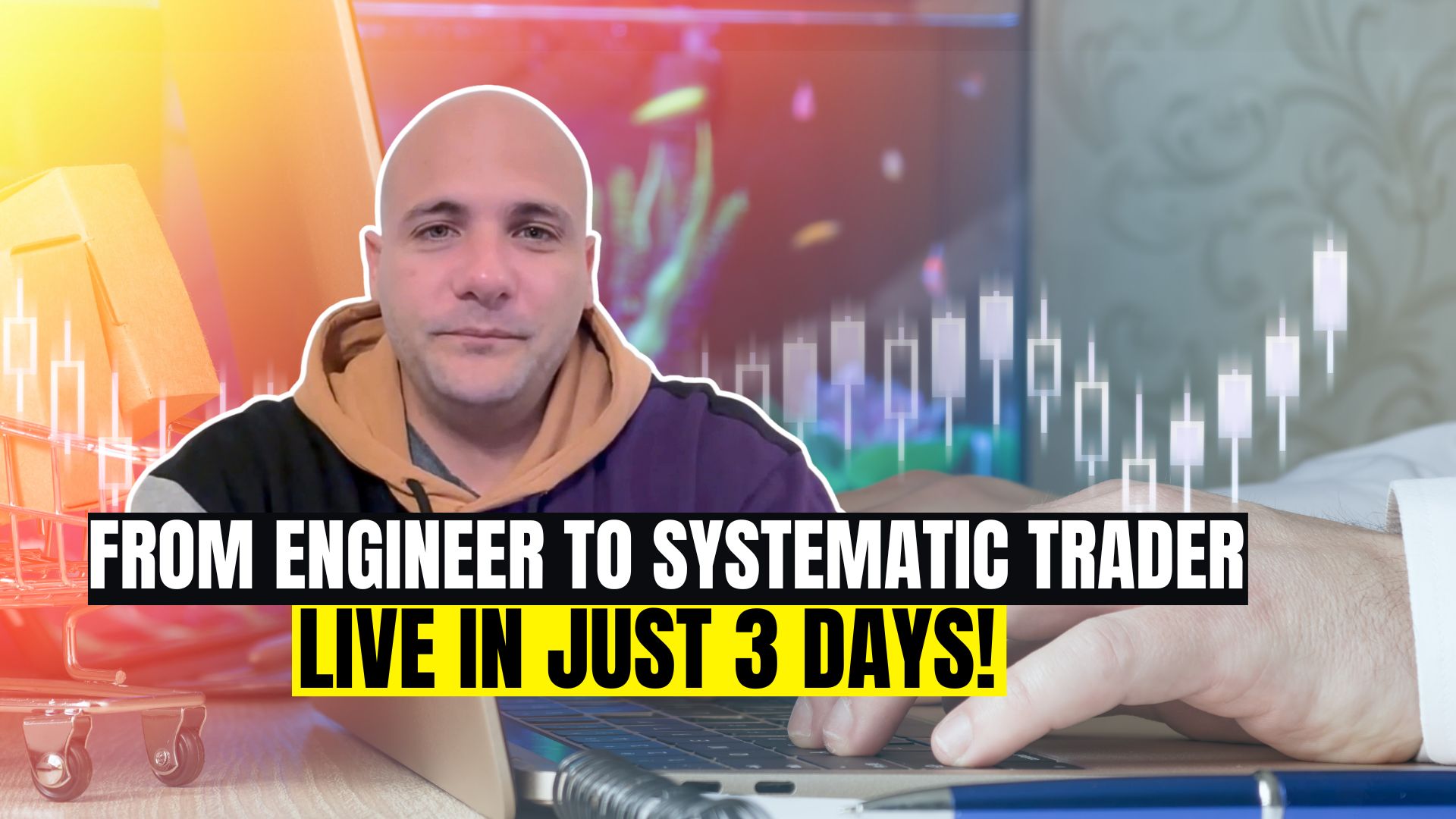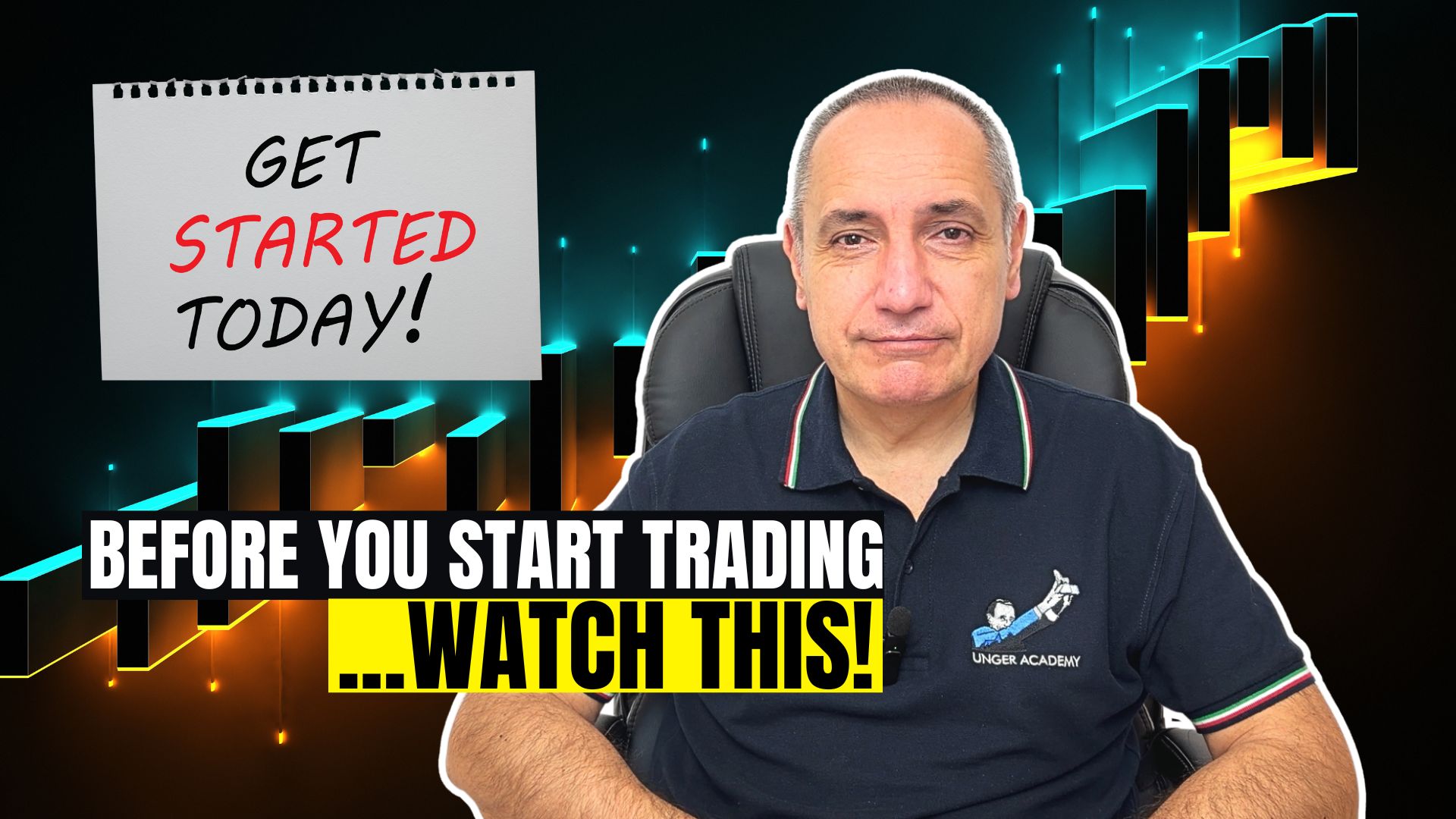Alright, so, before we dive into exploring the markets available for trading, I want to highlight an aspect that often gets overlooked but is absolutely crucial: risk. Specifically, the risks tied to trading and financial markets in general.
Unfortunately—and I say unfortunately because I truly understand—most people approach the world of investing with only one thing in mind: making money.
That’s perfectly normal and understandable. The problem is that they only think about profit. No one considers the importance of preserving their capital. No one thinks about the possibility of losing money. But believe me, losses do happen—because losses are part of trading, just like operating costs are part of running a business. What matters is that your profits eventually outweigh your losses. It may sound obvious, but it’s the reality.
Losses are part of the game, and our job is to manage them as best as we can. Risks are real, and they come from a variety of sources.
The first major risk is the lack of knowledge about what you’re doing—charging in blindly, so to speak. Starting without the proper foundation or understanding is very dangerous. But this is true in any field.
What makes trading particularly tricky is how easy it is to get started. As I mentioned before, access is just a few clicks away—open an account here, click there—and you’re in. This ease leads many to underestimate the risks involved.
If the process to begin trading were more complicated—if you had to pass an exam or submit an application—it might make people stop and think, “Hmm, maybe this is something risky.”
Instead, the fact that you can open an account online in just a few clicks and immediately jump into the markets makes it feel more like a video game than the high-stakes environment it really is—where you can lose real money.
And you can lose it for several reasons. One is lack of competence: making poor trades simply because you don’t know what you’re doing. Trades made on a whim, without a solid plan. Or worse, you fall into the wrong hands.
Another major risk—and one we’ve discussed on many occasions—is fraud. Unfortunately, scams are common in this space. People promise to help you manage your savings or claim you can make absurd profits, only to disappear with your money. The only ones who actually make a profit in these cases are the scammers.
There’s also another type of risk—one that can arise even when you’re competent, skilled, and have chosen a sound and well-thought-out investment strategy. The risk comes from using too much capital. In other words, each trade is oversized. This is called overexposure to the market, and it significantly increases your risk. Because if I trade with 10, I might risk losing 2 or 3; but if I trade with 100, I could lose 20 or 30.
That shift in scale changes everything, and it’s something we really need to pay attention to. As I mentioned earlier, I used the wrong word when I said “I got it right.” The goal isn’t to “get it right” by chance. The point is to follow your plan—and if things don’t go the way you anticipated, you need to be able to step in, take action, and contain your losses.
This might sound simple, but unfortunately, it’s not—especially for beginners. Most new traders focus entirely on how much they can earn, not on what they should do when things go wrong.
But your trading plan must start with an exit strategy in case things go south. You need to ask: How much am I willing to risk? How much can I afford to lose on this trade? If the answer is, “Even if I lose this amount, I’ll still be standing tomorrow and able to place new trades,” then that’s the maximum loss you should accept. Limiting losses is a key part of building a proper trading plan.
Now, let’s move on to the markets available to us. To begin with, there are two major categories: regulated markets and unregulated markets.
The unregulated ones are known as OTC markets—short for over-the-counter. Think of them as being just around the corner, so to speak. These markets aren’t regulated in the traditional sense, but they’re well known to many traders—especially because they include instruments like CFDs, or Contracts for Difference.
CFDs are offered by many brokers and provide very flexible access to the markets. But they lack the oversight and structure found in regulated environments. If your broker is reliable and well-established, this may not be a problem. However, many small, inexperienced—or unfortunately, dishonest—brokers take advantage of this lack of regulation, and that leaves the trader unprotected.
Now, don’t get me wrong: even regulated markets don’t guarantee total safety. Just like having money in the bank doesn’t make it completely secure. If a bank fails, the interbank protection scheme might cover up to €20,000 immediately, and up to €100,000 eventually—but if you have more than that in your account, anything beyond those limits could be lost.
Nothing is ever guaranteed, of course. But working in a properly regulated and reliable market generally offers more safeguards than operating in an unregulated one. And since trading is already challenging enough, I believe it’s better to do it where there are at least some additional protections in place.
Let’s start with the most traditional financial instrument: stocks. Everyone’s familiar with them. Maybe you’ve bought shares of Coca-Cola—just as an example, not an endorsement—or Tesla, or any other well-known company
Stocks represent small ownership shares in a company. Each company splits itself into many parts and sells those pieces to investors.
So, when you buy 100 or 1,000 shares of Company A, you essentially become a part-owner—a shareholder—of that company. If the company performs well and the stock price rises, you benefit from the appreciation. If things go poorly, you lose money—just like every other shareholder, including the top executives. Stocks are what most people typically think of when they hear the word “investment.”
But when it comes to trading, the focus shifts. We’re not trying to pick “good” companies. When your friends find out you’re into trading, they’ll say, “Oh, tell me what to invest in!” But that’s not what we do. I don’t know which company will grow tomorrow. Nobody does.
Trading is a different approach. We look to capitalize on price movements that result from various factors. We analyze how a stock behaves and build strategies around that behavior. So when I trade a stock, I’m not buying it because I believe in the company.
That said, of course, I’m not going to choose the worst company in the world either—otherwise, I might end up holding the bag, as the saying goes.
Then there’s the currency market, or Forex, which most people are familiar with. It’s one of those markets that isn’t regulated in the traditional sense, but it allows you to trade currency pairs like EUR/USD, GBP/USD, JPY/USD, and so on—names you’ve definitely heard before.
Unlike the stock market, Forex typically allows for high leverage. What does that mean? It means that with €1,000, for example, you can control a position worth €30,000.
This is important because, on the one hand, it offers the potential to generate higher profits, so to speak. But on the other hand, it’s also risky—because it increases your exposure significantly. And if you use this opportunity recklessly, you face the kind of risks I mentioned earlier—the ones we need to be very careful not to fall into.
Forex often goes hand-in-hand with CFDs—Contracts For Difference—which I mentioned earlier. These are instruments that mirror the movement of an underlying asset. If the asset moves, the CFD moves in sync. Like Forex, CFDs are also not regulated in the traditional sense, but they do offer an entry point for those who don’t have large amounts of capital. You can start trading with as little as €50, which makes participation accessible to almost anyone.
So yes, there are definitely some advantages. But the downsides are worth noting too. First, it’s an unregulated market. Second, operational costs—meaning the hidden or indirect trading fees—tend to be higher than those in regulated markets. These costs aren’t hidden out of bad faith; it’s just how the system works. But still, trading in these markets can end up being more expensive overall.
Then we come to derivatives, which are my main battlefield.
Derivatives tend to scare people. In fact, several public figures and celebrities have mocked or even condemned them. And yes, derivatives carry a certain reputation—mainly because they allow you to use leverage: with a small investment, you can control a much larger amount of capital.
This is absolutely true. But the problem isn’t how much you can control—the real issue is that many traders don’t understand what they’re dealing with. They don’t know how much they’re actually moving, or what it means, for instance, if that instrument goes from 10 to 11.
If I fully understand all the characteristics of that instrument, then the instrument itself is no longer dangerous. What becomes dangerous is how I use it. But if I know, for example, that a move from 10 to 11 in one contract of that derivative equals a €1,000 shift in my account—and €1,000 is more than I’m willing to lose—then I simply won’t trade that instrument.
It’s just common sense. You wouldn’t hand the keys to a Ferrari Testarossa to someone who just got their driver’s license—or worse, a 15-year-old. Not even to drive around the backyard. A Formula 1 driver, on the other hand, can handle it with relative ease—because they understand the car. They know what it can do, and what not to do with it. The same logic applies to derivatives.
Derivatives are generally divided into two main categories—though there are more. The two most common are futures and options.
Futures are contracts that in some way aim to “predict” the price of an asset at a future date—whether that’s one month, three months, or six months down the line.
Options, on the other hand, are contracts that give you the right—but not the obligation—to buy or sell an asset at a specific price within a certain time frame.
Let’s not get too caught up in the technical definitions, because they can be confusing. Honestly, sometimes even I read a detailed description and think, “What on earth is this?”
In reality, we should look at these as instruments you can buy and sell, and that move in specific ways. It’s those movements that give us the opportunity to profit—or the risk of losing money.
So, there’s nothing inherently dangerous about these instruments. The danger lies in not knowing what you’re doing or in using them carelessly. Once you’ve studied the ones that interest you, you’ll understand what each movement means—and then you’ll know what to do and what to avoid.
Alright, that’s all for now!
Stay tuned for the next video in this mini-course, where we’ll dive into the key trading terms you absolutely need to know to trade the markets with confidence.
In the meantime, don’t miss our Complete Beginner’s Guide to Trading.
To receive the free PDF, just type “TRADING” in the comments and we’ll send it to you right away.
Happy trading… and see you next time!

